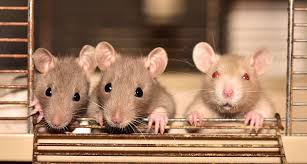
Those fine-feathered ‘peeping’ chicks which move in and take over all sorts of property are terribly annoying and cause serious problems. Yes, the pigeons of course!
Pigeons can be found deep within cities and all the way out to some suburban areas as well. And these birds are considered to be prolific breeders, so, where you see a few, there are sure to be many more.
Pigeons occur worldwide except in the coldest regions and the most remote islands. About 250 species are known; two-thirds of them occur in tropical Southeast Asia, Australia, and the islands of the western Pacific, but the family also has many members in Africa and South America and a few in temperate Eurasia and North America.
Pigeons can be a real nuisance, there’s no doubt. And trying to induce them to move along can be stressful. Pigeons are fairly dirty birds. They carry a host of diseases and parasites and leave pounds of droppings each year. Some of them are Histoplasmosis, Candidiasis, Cryptococcosis, Psittacosis, etc.
Let us have a look at some reported news for the pigeon menace:
Two patients died after pigeon poo infection they contracted at hospital
Zoe Drewett │22nd January 2019
Two patients contracted a fungal infection linked to pigeon poo that was discovered inside a hospital just before their deaths.
Greater Glasgow and Clyde NHS Trust launched its own investigation after it found droppings in a non-public area of the hospital were the likely cause of the dangerous infection.
The health board said they are still investigating the cause of one patient’s death but previously said the second affected, who was elderly, died of an unrelated matter.
Both patients had contracted the infection while at the Queen Elizabeth University Hospital in Glasgow.

Former Scottish health secretary Alex Neil has called for an inquiry into their deaths as it emerged the infections were discovered in December, with filters brought in on January 10 to deal with the issue.
He told BBC Scotland: ‘I think there has to be an outside inquiry by experts to find why this happened in the first place, secondly how it has been handled by the health board and, thirdly, what precautions need to be taken for the future.
‘There are confusing messages coming out of the health board so they need to clarify the situation and do so as a matter of urgency.’
The infection is caused by inhaling the fungus Cryptococcus, primarily found in soil and pigeon droppings. NHSGCC said a likely source was found in a non-public area away from wards and the droppings were removed.
Pigeon infestation leads to walkout at primary school

Teachers of the Raghunanan Road Government Primary School in Enterprise, walked off the compound earlier today after complaining about the health hazard posed by pigeon droppings which litter the school.
The teachers cited the Occupational Safety and Health (OSH) Act section 15 as the basis for their walkout.
Section 15 (a) and (c) states that an employee “may refuse to work or do particular work where he has sufficient reason to believe that— (a) there is serious and imminent danger to himself or unusual circumstances have arisen which are hazardous or injurious to his health or life; (c) the physical condition of the workplace or the part thereof in which he works or is to work is likely to endanger himself.”
In a telephone interview, TTUTA president Lynsley Doodhai said the problem has existed at the school for some time and teachers had exercised a considerable amount of patience and had remained at the school in the hope the Ministry of Education would intervene in the situation.
“There are pigeon droppings on the walls and floor and posing a health risk to the teachers and the students. Seven teachers have fallen ill and have had to seek medical attention and it has been ongoing for a while now and teachers have been very patient hoping that something would be done, and nothing has been done to date.”
People consider anti-roosting spikes which create an ‘unperchable’ environment and discourage the pigeon. But the spacing between the spikes does allow smaller birds, such as crows, starlings, house sparrows, magpies and gulls, etc. to be fearless from landing or roosting. And even these birds have been found causing a nuisance.
Commercial gel-repellent used causes irritation to human eyes and eyelids can become glued together on contact. This clearly suggests that repellent gel can also glue the eyes of birds together.
So, what can be done about these pesky pigeons, and how can you prevent damage to your home, balcony, terrace, courtyard, and just about anything pigeons can destroy?
There is a solution with C Tech Corporation to keep the birds away from perching and roosting.
CombirepelTM Bird repellent gel lacquer is a product produced by C Tech Corporation to prevent the menace caused by birds. This product is specially designed to prevent birds perching and roosting.
It is available in the form of concentrate lacquer. The product causes the bird’s pain receptors associated with taste. Some birds use their sense of smell through which they recognize that the product is a threat. The product is specially designed to prevent perching and roosting of birds. Repellent evokes a physiological effect that the birds associated with the sensory cue and then learn to avoid it.
The product is also available in the form of a spray, Bye Bye Birdy bird repellent spray which can be easily sprayed on window ledges, roofs, etc. to avoid perching of birds.
Thus using the bird’s sensory mechanism, we can get rid of them without causing them any physical harm.
Contact us at technical.marketing@ctechcorporation.com to keep the pests away.
Also, visit our websites:
1] http://www.ctechcorporation.com/
2] http://www.rodrepel.com/
3] http://www.termirepel.com/
4] http://www.combirepel.com/
Follow our Facebook pages at:
1] https://www.facebook.com/Combirepel-411710912249274/
2] https://www.facebook.com/Termirepel-104225413091251/
3] https://www.facebook.com/Rodrepel-120734974768048/
Follow us on our Twitter pages at:
1] https://twitter.com/rodrepel
2] https://twitter.com/termirepel
3] https://twitter.com/combirepel

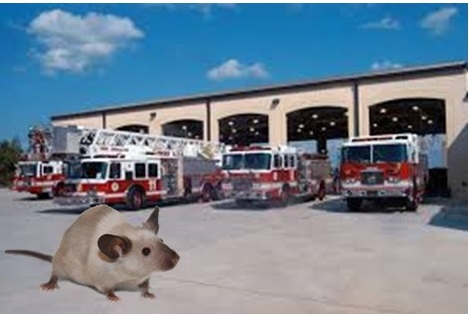
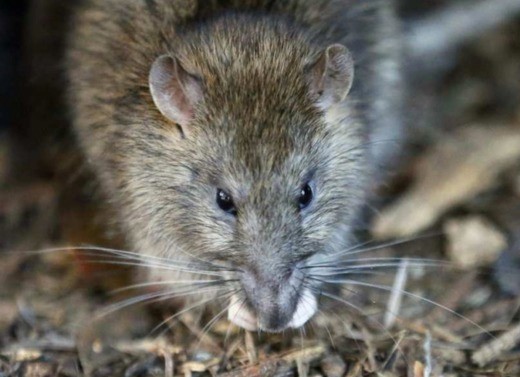














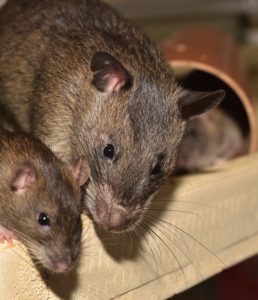 Have you experienced strange rustlings in the night? A number of people are waking to the frightening sound of rats and mice scratching around their homes.
Have you experienced strange rustlings in the night? A number of people are waking to the frightening sound of rats and mice scratching around their homes.
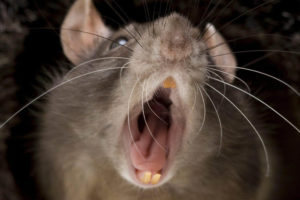 GNAW BLIMEY: Rats are seeking shelter from the cold in people’s homes
GNAW BLIMEY: Rats are seeking shelter from the cold in people’s homes


